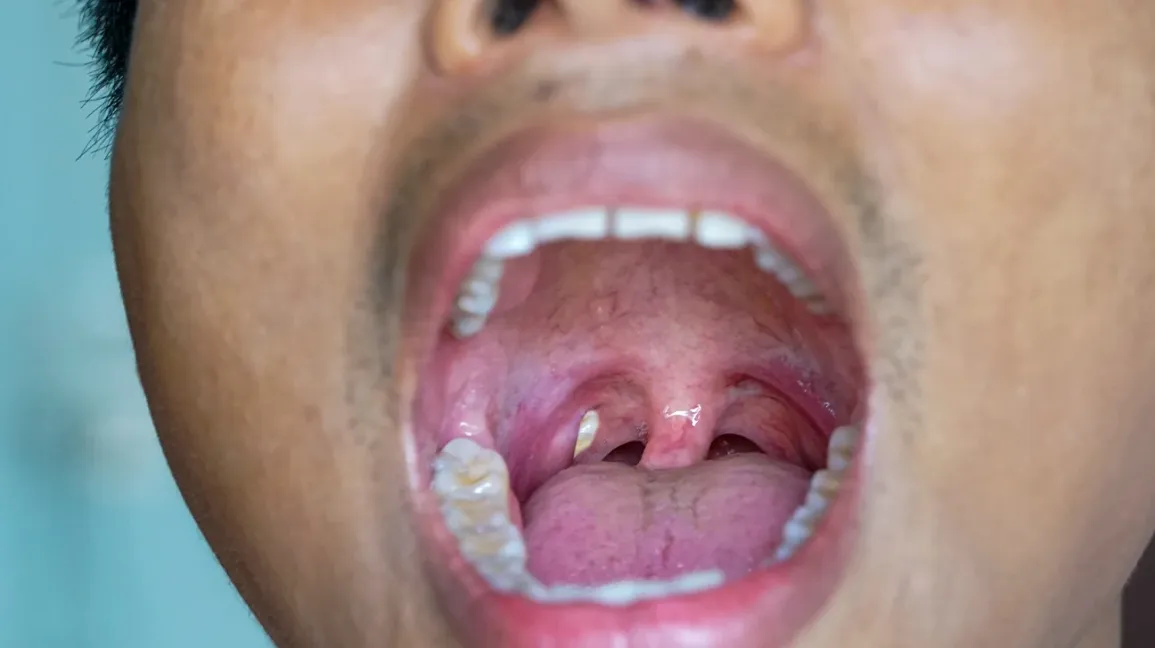Sub-Optimal Health Status:
Suboptimal health status (SHS) is said to be the third state concerning good health and disease. SHS is the clinical status of psychological disease and a major world health challenge. Even though its leading causes remain uncertain, lifestyle is considered to be one of the most crucial factors affecting health status.

Lifestyle Association with SHS:
As mentioned earlier, SHS is the intermediate state between disease and health. It is exemplified by a drop-down effect of vitality, in biological function and the ability for adaptation. Over time, this concept of SHS has been widely accepted worldwide, particularly in Japan, Canada, and Australia. According to research conducted, over civil servants, SHS was relevant to 65.1% of the total population; even though the prevalence of SHS is high, the causes remain uncertain.
A person’s lifestyle is one of the crucial factors affecting health status. To achieve the world’s healthy population goal, it will require specific actions to prevent diseases and promote health. Lifestyles promoting health are the actions and observations initiated by one’s self that help to improve the degree of self-actualization, wellness, and satisfaction of the individual. Acting on this base, Walker et al established the Health Promoting Lifestyle Profile (HPLP) to describe an individual’s health status and lifestyle. Since then, HPLP has been translated into various languages and is broadly used to study health status and lifestyles.
Numerous previous studies are evident that sub-optimal health status may be associated with poor lifestyle patterns, such as work-related and study-related stress, physical inactivity, going to bed late, and poor diet. In this article we have reported, the relationship between sub-optimal health status and lifestyle factors.
WHO defined health in the broader way, in 1946 “a state of complete physical, mental, and social well-being and not merely the absence of disease or infirmity.”
Providing a deeper understanding of health, this definition has extended to take the narrative of SHS, which is a third state between disease and health. The strategies targeted at the SHS are closely related to the notion of predictive personalized, and preventive medicine, which is an efficient approach to the improvement of health, the treatment of early-stage illness and the prevention of disease.
The ten major causes of death are closely associated with two critical factors: unhealthy behaviours and lifestyles. Lifestyle is allegedly linked with increased risks of obesity, chronic rhinitis, gastroduodenal, breast cancer, and heart diseases. And as a matter of fact, these ‘lifestyle-related diseases’ are an ever-increasing threat to a person’s health. Complete lifestyle changes may have the therapeutic ability in stroke, diabetes, and early cancers.
The results of the study indicated that the students having poor lifestyles were primarily affected by the disease. These diseases mostly affected the victim’s respiratory and digestive systems, which are closely linked to the lifestyle. Therefore, it proves that there are some opportunities for individuals to improve their lifestyles and as a result, improve their health status as well.
This research was conducted to study and evaluate the association between the health status and lifestyle factors affecting health status. And thus, the statistical analysis discovered that the health status was substantially associated with lifestyle as Sub-optimal health status and disease victims reported poor lifestyles. Lifestyle factors have underlying effects on the various factors of life, such as psychological, physiological and social factors. According to HPLP framework, physiological health may be affected by the nutrition and physical activity, stress management and spiritual growth have their effects on the psychological health, whereas, the interpersonal relations have impacts on social health.
The studies have significantly proved that in the current time’s lifestyle factors add up an enormous burden on the ever-growing chronic diseases. Diet and smoking are the two behavioural patterns that have specifically potent effects on the health of communities and people. Being thoughtful of the factors that can affect in improving health, our health care systems need to align their information with this knowledge, and research on reducing the preventable diseases. This article also contributes to revise the roles of the physicians, by encouraging them to play their due role, by further encouraging healthy lifestyles and guiding their patients to change their behavioural patterns, promoting a healthy environment, and creating public awareness for disease prevention.
Conclusion:
Health status is substantially associated with lifestyle. Sub-optimal health status can be improved by promoting a healthier lifestyle as a poor lifestyle is one of the major causes or a risk factor for suboptimal health status.

Helen Bradley is a health blogger and the founder of her own blog about fitness. She has been blogging for three years now and loves to share what she learns with others. Helen enjoys reading, cooking, and staying active outdoors.












